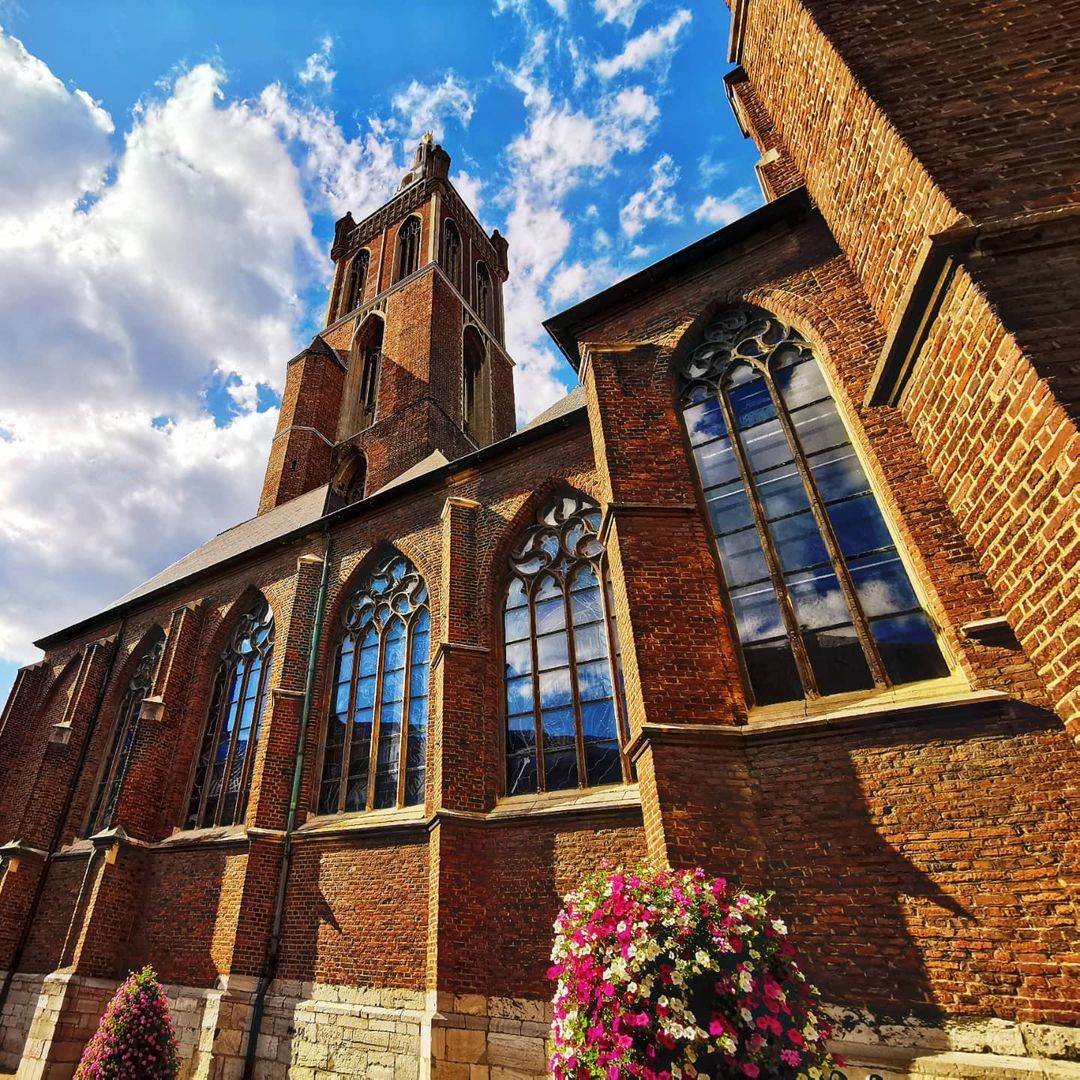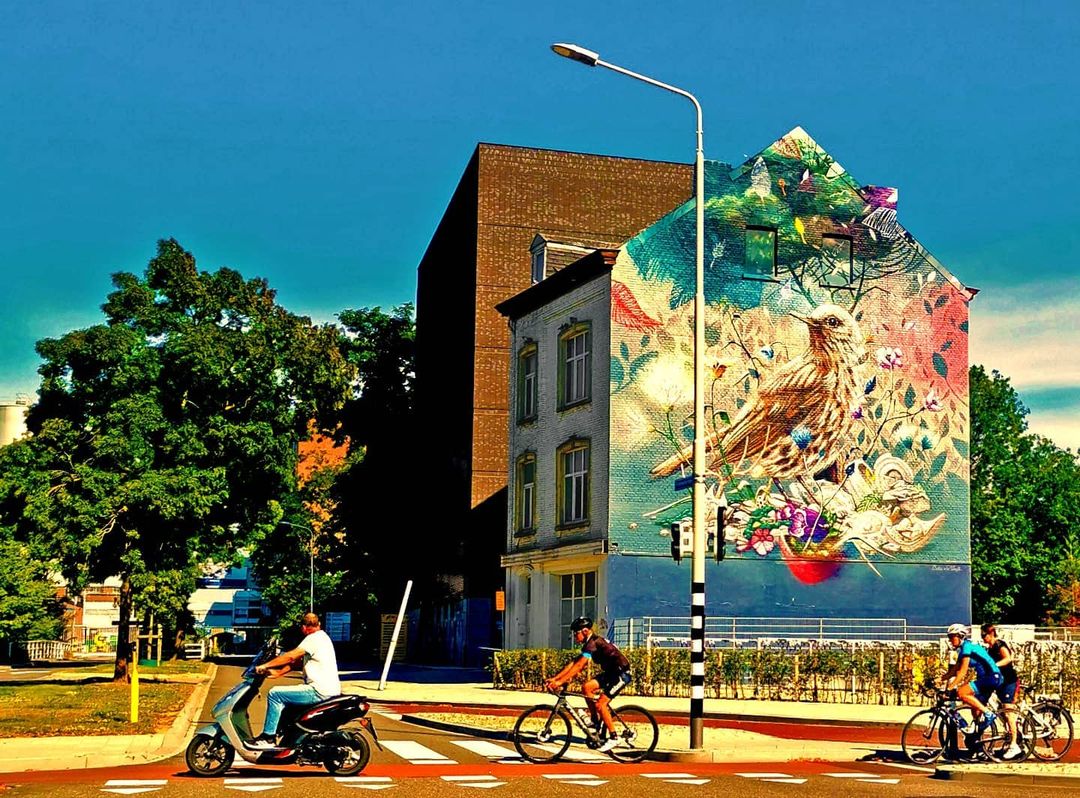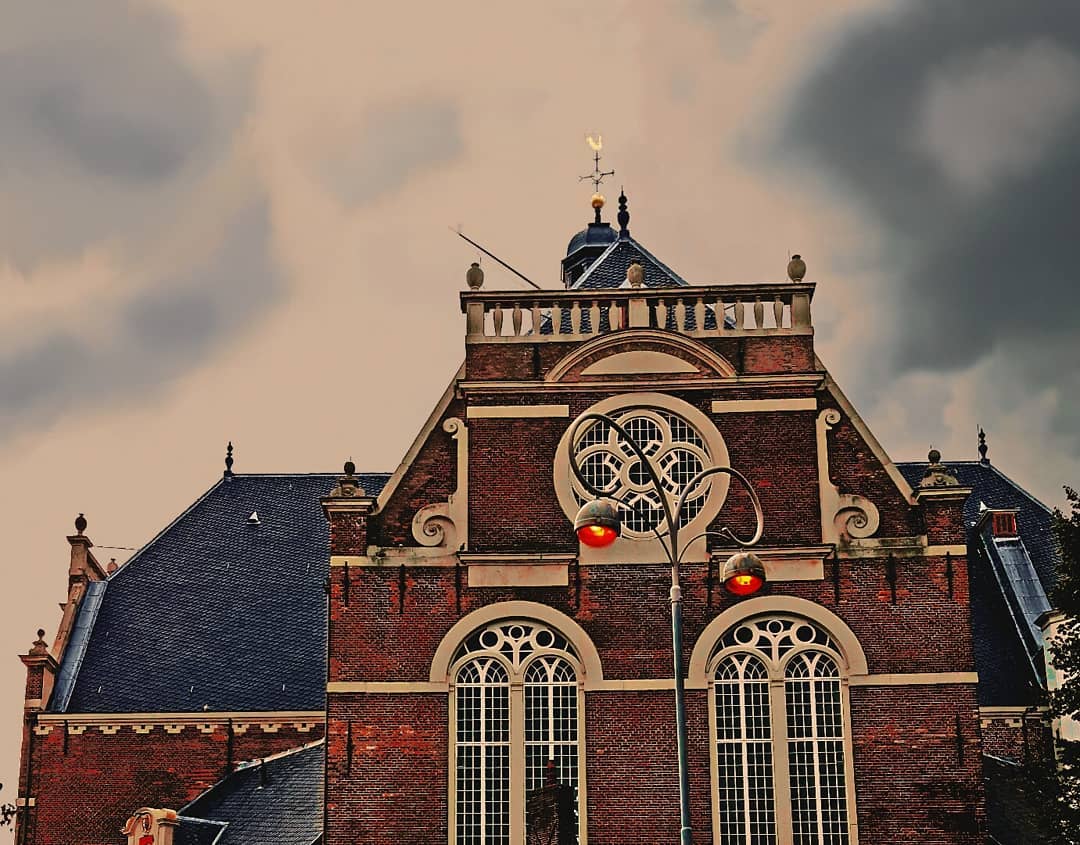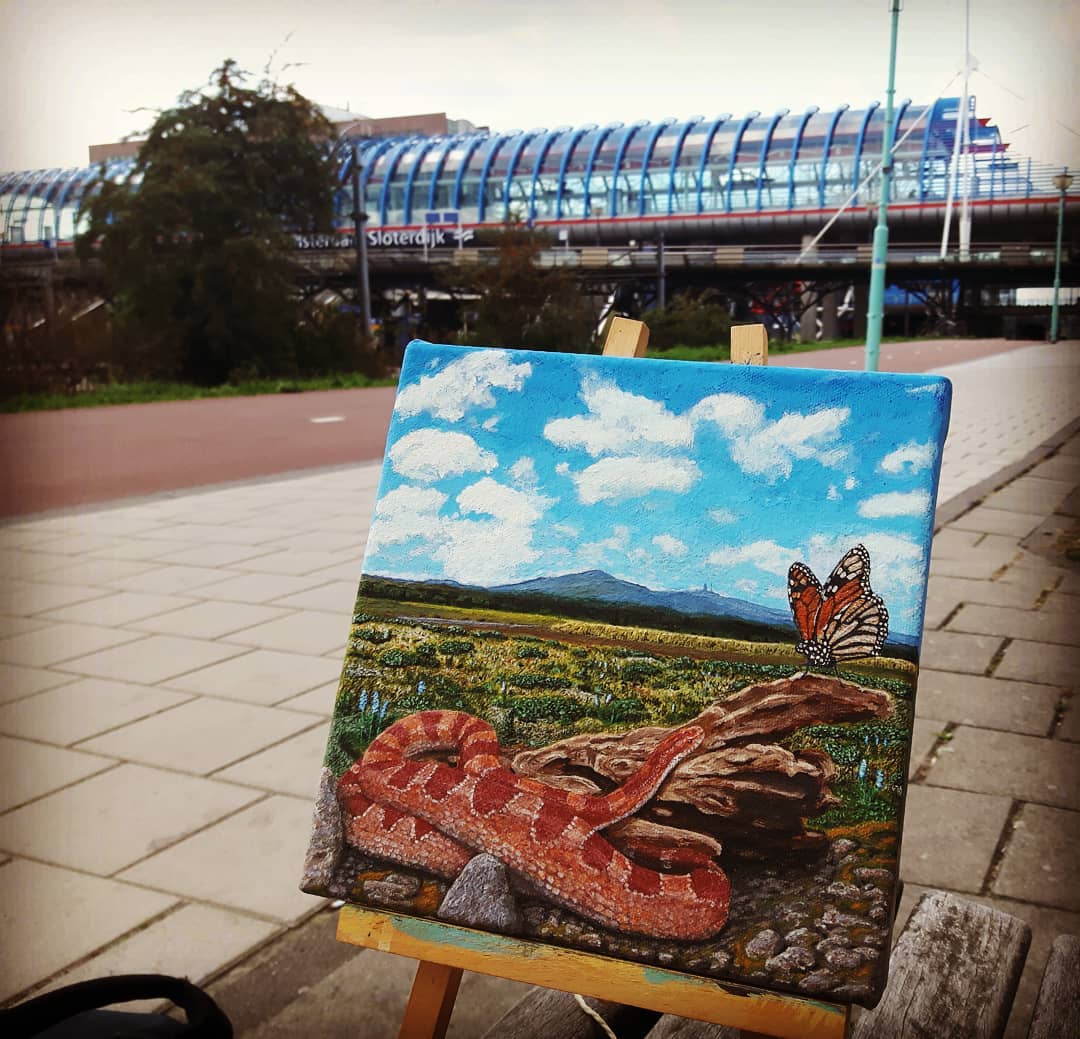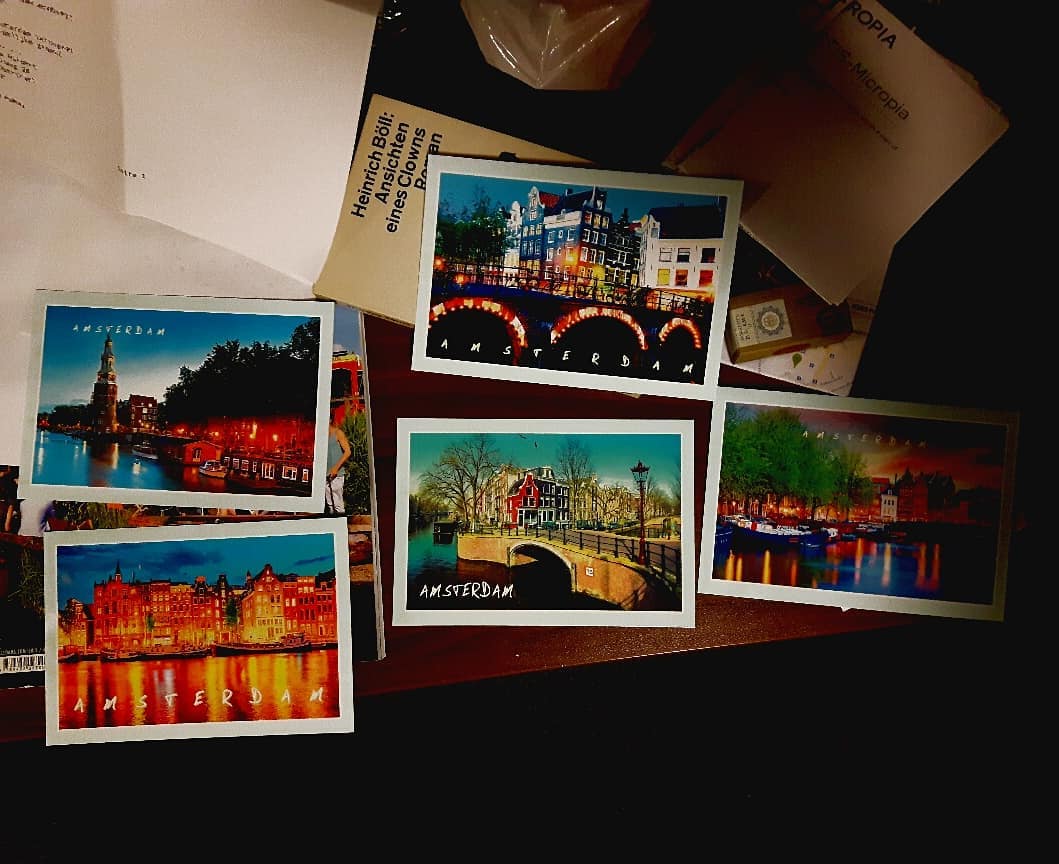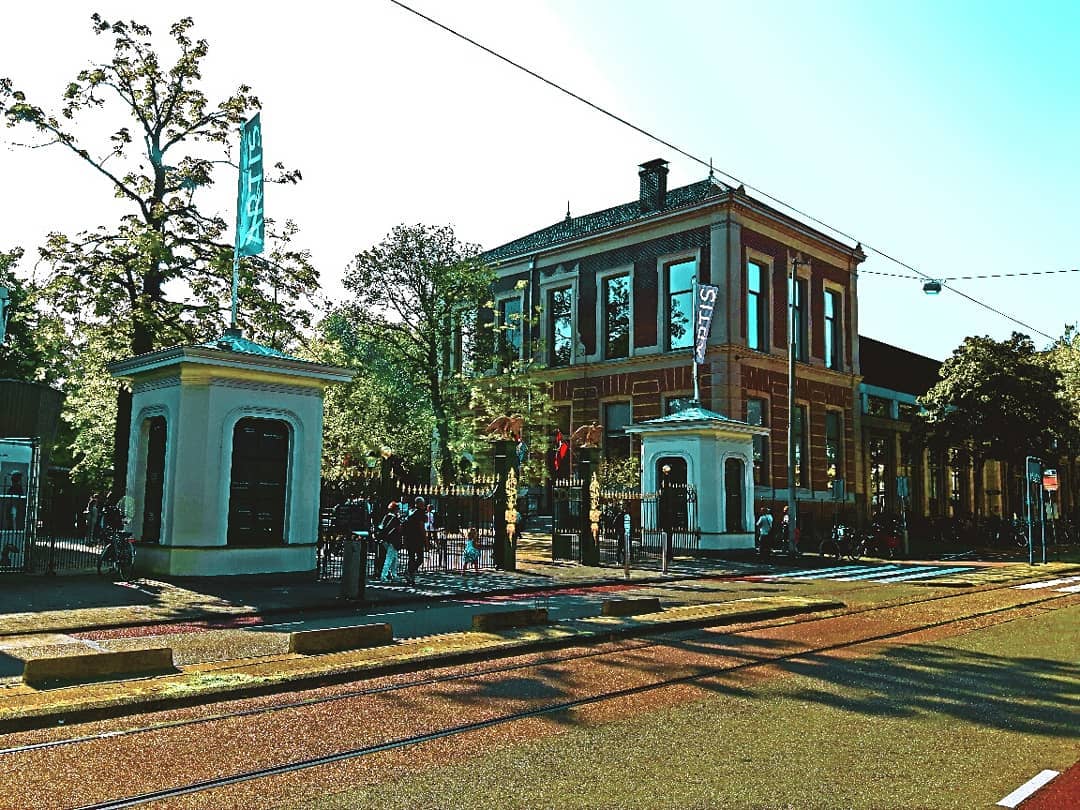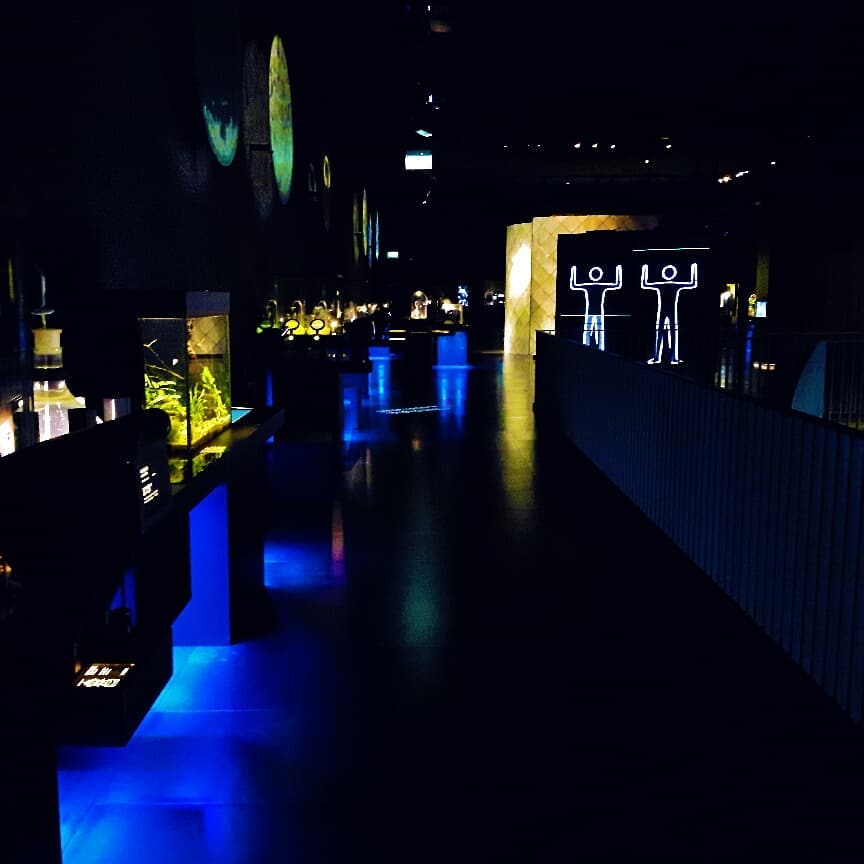Description:
The Netherlands, a country with rich biocultural diversity, offers a fascinating blend of landscapes and habitats. Agriculture plays a significant role, shaping the country's cultural landscape with wheat fields, orchards, and vegetable cultivation areas. Particularly famous are the tulip-filled fields, which turn into a colorful spectacle in spring. Traditional heathland farming is also part of the Dutch landscape, especially in the regions of Drenthe and Veluwe, where heath landscapes are preserved and maintained. The Netherlands is also known for its water landscapes, shaped by a complex network of rivers, canals, and lakes. These waterways play a crucial role in transportation and provide habitat for a variety of waterfowl and other aquatic organisms. The Dutch North Sea coast and adjacent wetlands are important habitats for various bird species and other coastal wildlife. The diversity of landscapes, from flat polders to sandy dunes and gentle hills in the south, provides habitat for a wide range of plant and animal species. Nature reserves such as the Hoge Veluwe National Park and the Wadden Islands are important protected areas for the conservation of biocultural diversity. The Netherlands is a living example of the importance of harmonious coexistence between humans and nature, demonstrating how biocultural diversity can be protected and utilized to secure a sustainable future.



